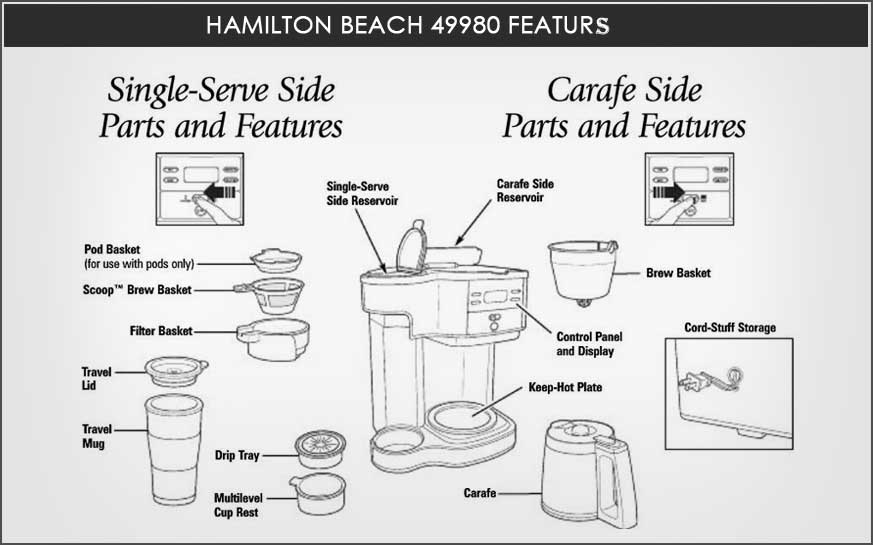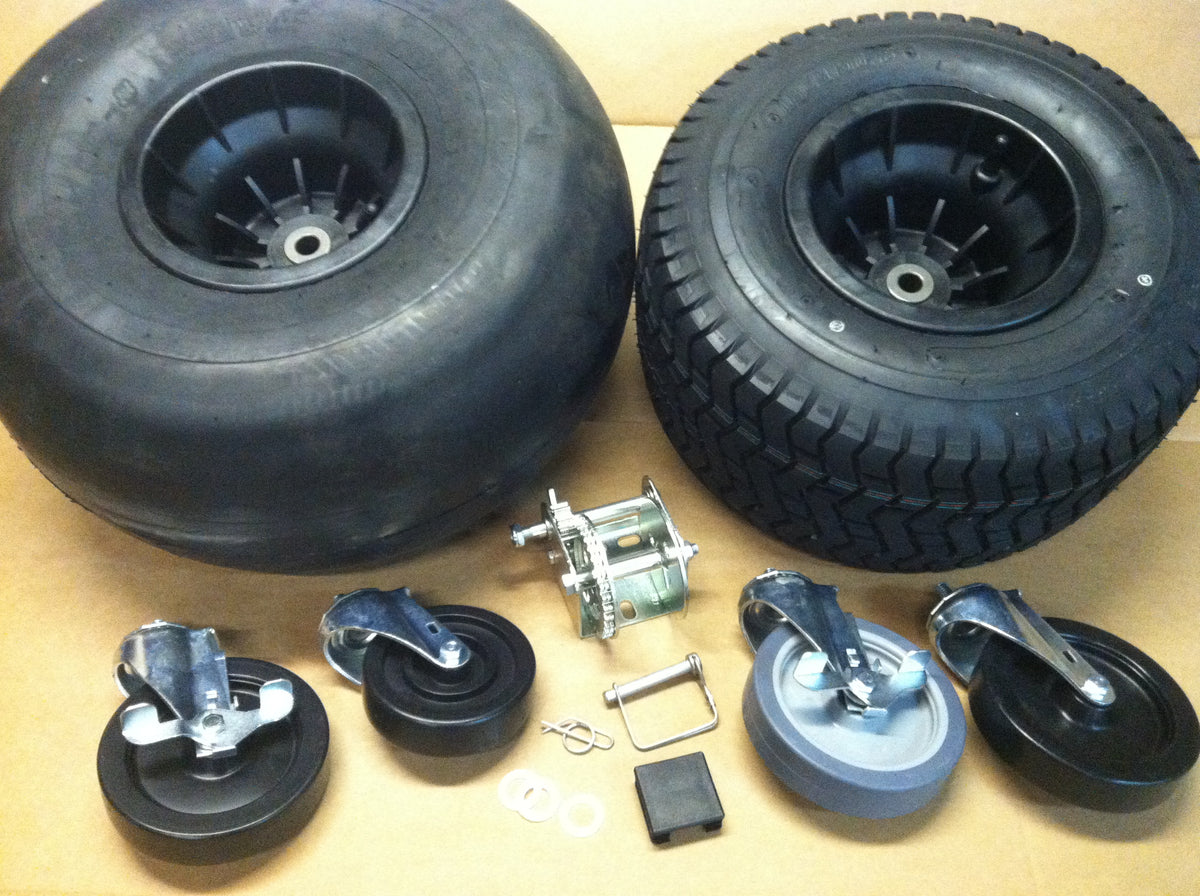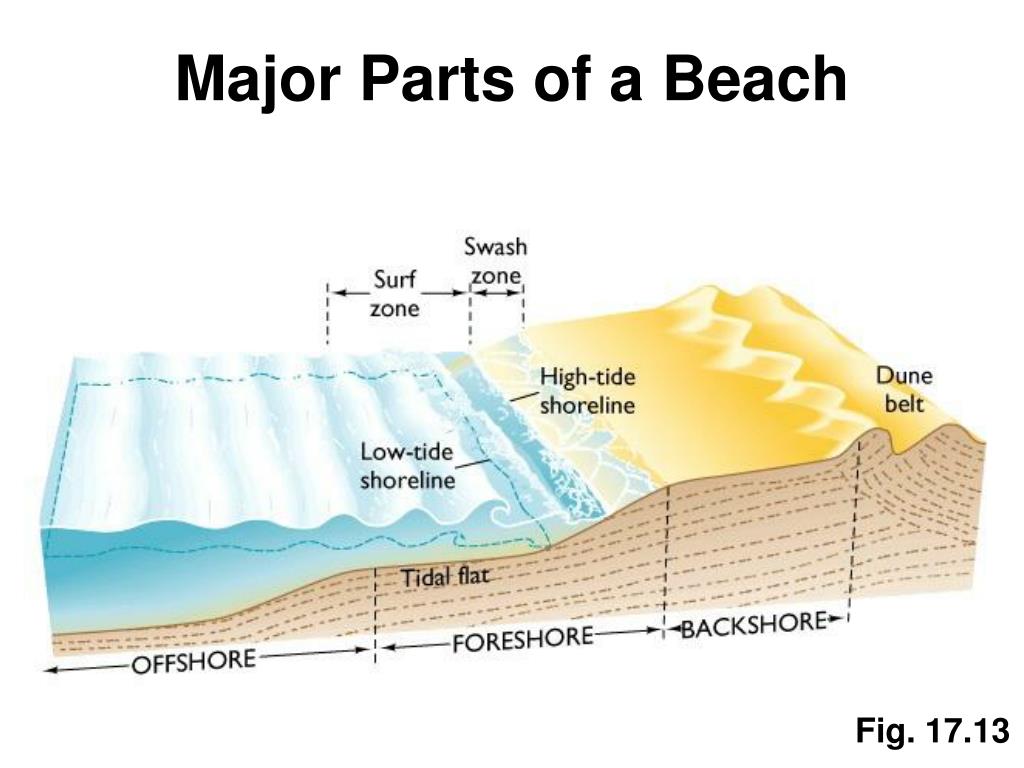
PPT Chapter 12 PowerPoint Presentation, free download ID2338745
The main ones are: the water, where you swim; the foreshore, or the intertidal zone, which is the part of the beach that is covered at high tide and exposed at low tide; and the beach berm, which is the area between the foreshore and the inland. The berm area is usually a plateau or slight backwards slope.

Hamilton Beach Microwave Replacement Parts BestMicrowave
A beach is a narrow strip of land separating a body of water from inland areas. Beaches are usually made of sand, tiny grains of rocks and minerals that have been worn down by constant pounding by wind and waves. This beach, in Pebble Beach, California, has both sandy and rocky features. Photograph by Michele Sutton, My Shot Photograph Photograph

Plant parts on the beach stock image. Image of algae 11451401
Parts of a Beach. A beach is comprised of two major parts: the foreshore and the backshore. The foreshore, also called the beach face, is the intertidal seaward portion. The backshore, or berm, is above the high tideline and is covered by water only during storms or unusually high spring tides. The foreshore's slope is steeper, whereas the.

The Beach with Different Sea Shells Parts Stock Image Image of beach, shell 133083121
Important parts of the beach include: the foreshore - the area most influenced by the high and low water marks and breaking waves. the backshore - submerged only during the highest tides and severest storms. the berm - the high point on the beach; the backshore-foreshore boundary. It changes seasonally.

Ford Original Parts Beach, Original Parts Dog Filter • Ads of the World™ Part of The Clio
Main article: List of beaches The Gold Coast consists of 70 kilometres (43 mi) of coastline with some of the most popular surf breaks. Beaches in Australia are in abundance due to the fact that Australia is entirely surrounded by the ocean. Beaches are popular destinations among the country's local population, and travellers alike, as over 85% of Australians live on the coast and most of.
On the beach Labelled diagram
The size and morphology of coastal dunes is dependent on the complex interaction between controlling winds, sediment supply, and the geomorphology of the nearshore and beach environment. At the.

Perfect Patio Furniture Umbrella Parts Outdoor Pillows
Figure 12.2.1 12.2. 1: Longshore Drift. 1=beach, 2=sea, 3=longshore current direction, 4=incoming waves, 5=swash, 6=backwash. As waves enter shallower water, they slow down. Waves usually approach the shoreline at an angle, with one end of the waves of the train slowing down first. This causes the waves to bend toward the beach.

Hamilton Beach Microwave Replacement Parts BestMicrowave
Rhythmic bar and beach: High energy, beach consists of rhythmic (undulating) bar, trough and beach. Distinct rip troughs separated by detached bars. Breakers 1.5-2.0 m high. Beach has cusps (in lee of bars) and typically fine-medium sand. Rising ground: The land backing the beach is land that is rising inland. In terms of its topography it is.

Beach Parts AquaCarts, Inc.
Railroad vine, or bay hops (Ipomoea pes-caprae), is an important vine that stabilizes beach dunes with runners that can reach lengths of over 30 meters.This specialized morning glory can survive in drought, extreme heat, and very salty areas without problems. Without this plant, dunes would keep shifting location on the beach making the areas inhospitable to animals.
At the beach Labelled diagram
A beach is comprised of two major parts: the foreshore and the backshore. The foreshore, also called the beach face, is the intertidal seaward portion. The backshore, or berm, is above the high tideline and is covered by water only during storms or unusually high spring tides.

Eva Longoria Shows off Her Bikini Body on the Beach in 07/20/2017 LACELEBS.CO
A beach is the land along the edge of a body of water and is usually made up of any number of materials - sand, gravel, pebbles, cobbles, rock, or shells. Beach material accumulates on the beach during periods of accretion or moves away from the beach during periods of erosion. Never stationary for long, beaches are always moving.

Beach Cruiser Parts The Ultimate Guide! Peace Bicycles
Landforms of Coastal Deposition. Coastal deposition is when the sea drops or deposits material. This can include sand, sediment, and shingle, resulting in landforms of coastal deposition. Beaches. The beach is the area between the lowest spring tide level and the point reached by the storm waves in the highest tides. Every beach is different but usually made up of material deposited on a wave.

Beach characteristics and profiles Diagram Quizlet
Beach face (also called foreshore) is the zone between the mean low water (MLW) and the seaward beach berm, which is equivalent to the upper limit of wave run-up at high tide, see Fig. 1. The beach face is the part of the shore/beach which is wetted due to the varying tide and swash under normal conditions. This means that the beach face in.

Hamilton Beach Flexbrew Parts Diagram Gif Diagram Set Images My XXX Hot Girl
13.1 Beaches For most people, when they think of coastal areas they picture a beach, and the beach that they imagine is probably a typical sandy beach composed of quartz sand grains (section 12.2).But beaches are comprised of whatever types of sediments are dominant in the local area. For example, parts of Hawaii and Iceland are famous for their black sand beaches, made up of eroded basalt and.

Richard Morden illustration
The profile of an active beach varies greatly. Its form and dimensions depend on a number of factors, such as wave parameters, tide height, and sediment composition and distribution. The following, however, constitute some of the profile elements that commonly occur. At the upper part, above high sea level, a beach terrace is located, and there may be a series of beach ridges or berms created.

PPT Classroom presentations to Understanding Earth , 3rd edition PowerPoint
A beach is a landform alongside a body of water which consists of loose particles. The particles composing a beach are typically made from rock, such as sand, gravel, shingle, pebbles, etc., or biological sources, such as mollusc shells or coralline algae.